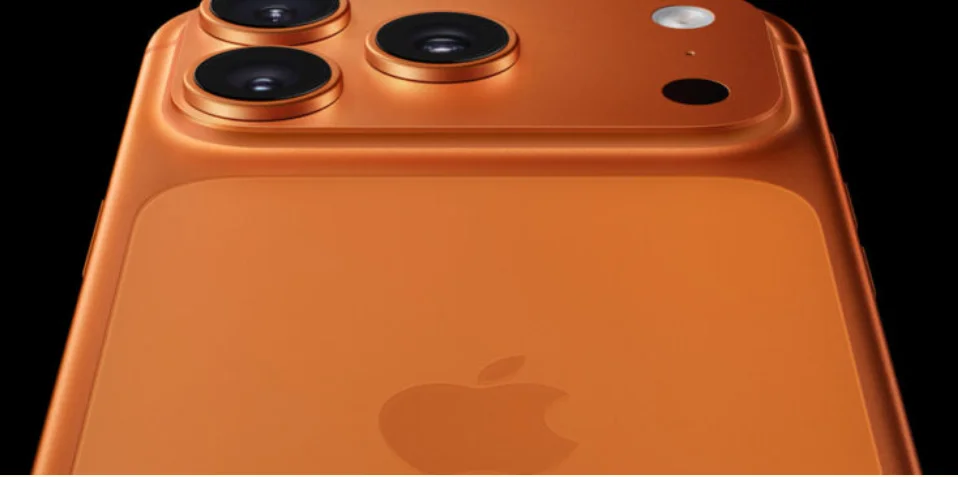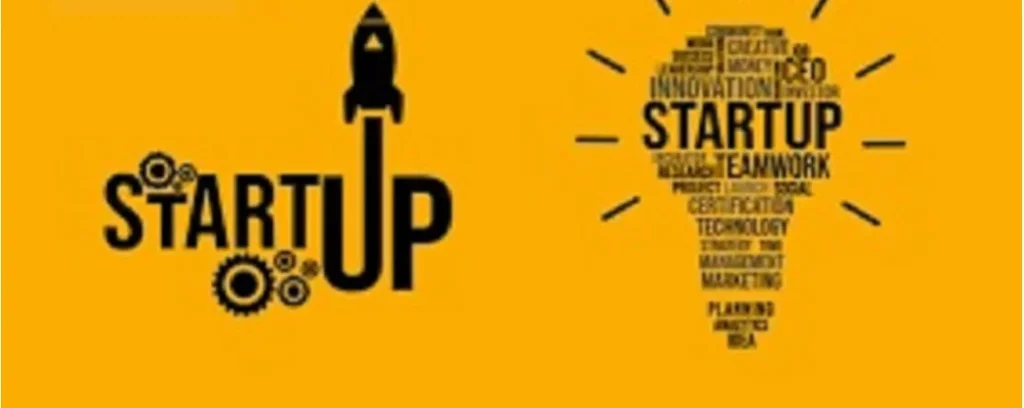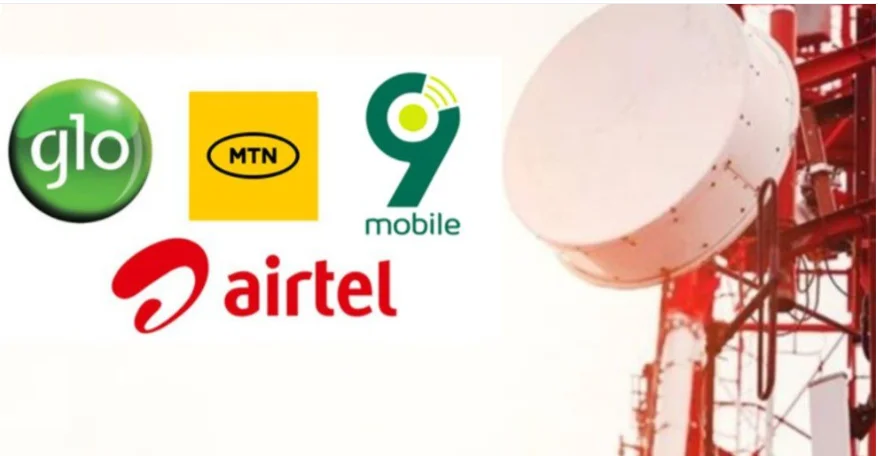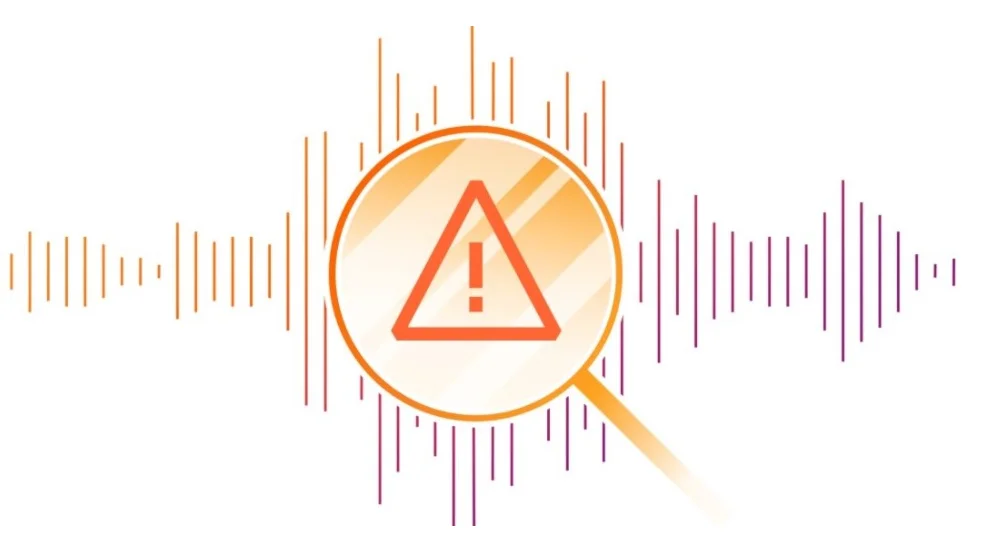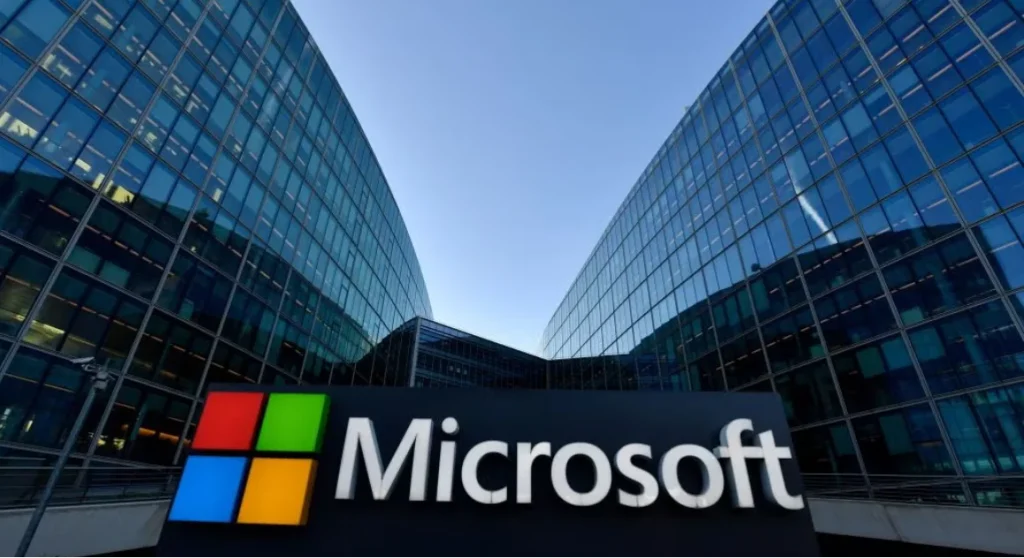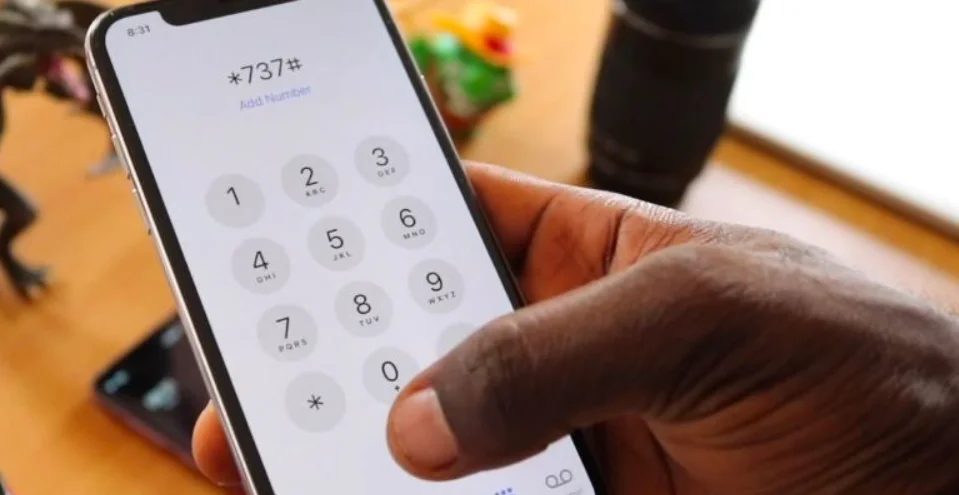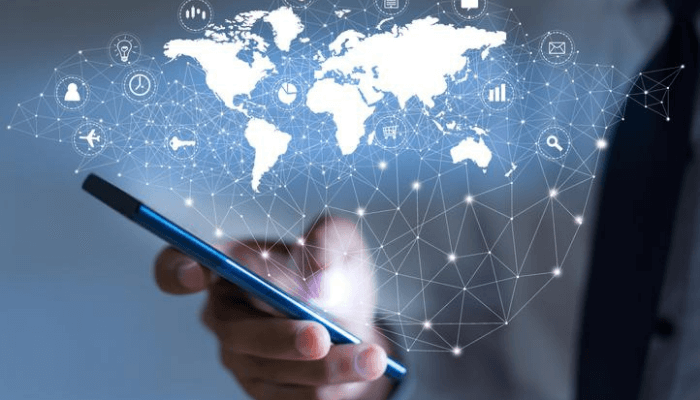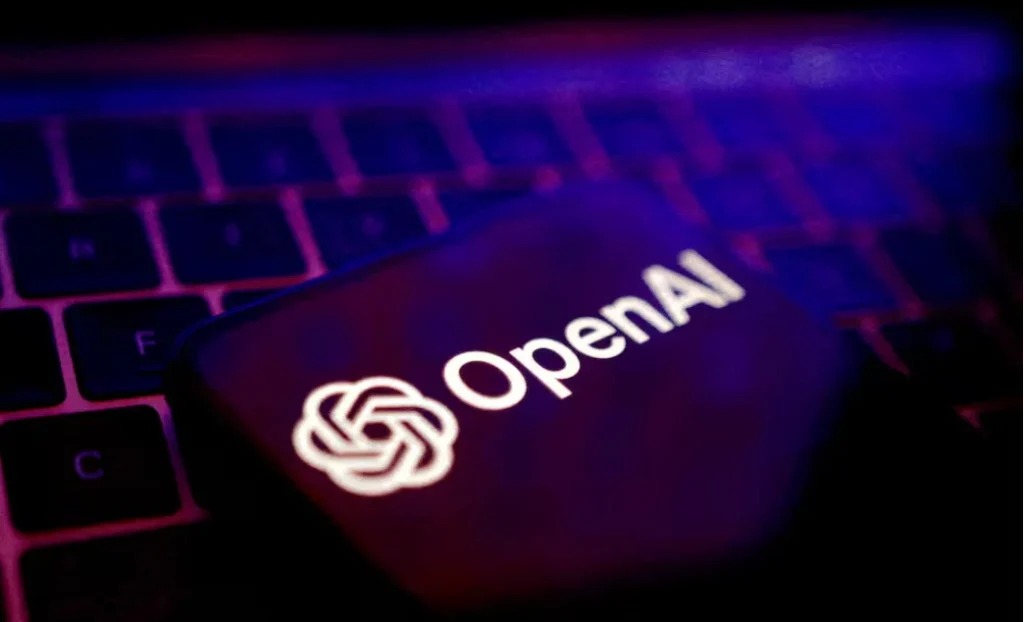iPhone 17 Launch Sparks High Demand in Moscow
Russian resellers officially unveiled Apple’s iPhone 17 in Moscow on Saturday, drawing strong interest from consumers despite the country’s worsening economic climate.
Major retailer Restore: reported a sharp increase in pre-orders compared to last year, signalling that demand for Apple’s flagship smartphones remains resilient even amid financial strain.
Economic Pressures Fail to Dampen iPhone Fever
Russia’s economy is facing headwinds, with 20-year-high interest rates and a budget deficit surpassing 4 trillion roubles in 2025. Still, consumer appetite for Apple devices has not faltered.
Restore: confirmed that the new iPhones displayed in stores were for browsing only, with deliveries expected in the coming days for customers who placed pre-orders.
“There is always a small shortage of new iPhones [at launch],” said Restore:’s Semushina.
Parallel Imports Push Prices Higher
Due to sanctions and restrictions, Apple no longer sells directly in Russia. Retailers like Restore: rely on parallel imports, which have added significant logistics costs to the final price tag.
The 256 GB iPhone 17 is priced at 119,990 roubles ($1,437.08) on Restore:’s online store:
- 57% higher than the U.S. retail price.
- 29% more than in the U.K. market.
Despite the price gap, demand remains strong, underscoring the prestige and popularity of Apple products in Russia.
Apple Maintains Revenue Leadership in Russia
Apple was the top smartphone brand by sales revenue in Russia in 2024, according to retailer M.Video Eldorado (MVID.MM). However, China’s Xiaomi led in unit sales, showing the competitive balance in Russia’s smartphone market.
With the iPhone 17 now available for pre-order, analysts expect Apple to retain its dominance in premium smartphone revenue, even as economic conditions weigh on household budgets.
Key Takeaway
The iPhone 17’s Moscow launch highlights Apple’s enduring brand power in Russia. Even amid a slowing economy, pre-orders surged as consumers continue to prioritise Apple devices, despite higher costs from parallel imports.

